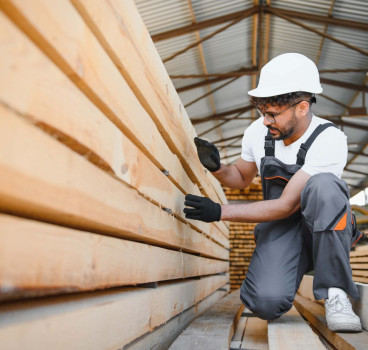Roofing times change but the future holds no fears
The roofing industry has undergone huge changes over the past decade, writes Shay Casey, Senior Sales Manager at Sika-Trocal. Technology has inspired its growth, with specification and design innovation keeping step with dynamic project visions.
BIM modelling, digital presentations and even refurbishment surveys can be carried out using a drone or virtual programmes. Technical advancement has led to a marketplace brimming with new products and systems. Greater choice has led to increased competition, with contractors offering complete roofing and cladding packages – a major change in the specification and application process.
The introduction of a wide range of new membranes has seen contractors adapt specifications to ensure the most cost-effective installation; an option not available to architects or clients who no longer have the power to uphold the original specification. This can result in them having to accept products of inferior quality, which isn't ideal.
Today's roofing contractors need to be more financially aware than ever before, due to the rise of extended payment terms and retentions which have proven a huge burden to buyers and suppliers. Firms throughout the construction have also had to adapt to new ways of self-marketing. In previous years, a simple advert in the local newspaper or Yellow Pages was thought of as a most effective promotional tool. The internet, and more particularly, social media has revolutionised the way we communicate. Rather than rely on repeat business or word of mouth recommendations, a hefty LinkedIn or Twitter presence can spread positive word of a contractor's service offering in a matter of seconds.
Environmental concerns have also led to a welter of roofing industry changes, with the introduction of green and cool roofs, solar panels and further developments in roof lighting. The Green Guide has led to vast improvements in recycling, manufacturing footprint and roofing performance in terms of thermal values and sustainability. The knock-on effect of the drive for a ‘cleaner' project delivery means sales teams not only have to be fluent in their products' properties, an understanding of their compatibility with new technologies and environmental standards is also required.
Virtual reality has also revolutionised our personal interactivity. From simulated flight control and fairground rides, to historical battlefields and exotic holiday destinations, a world of artificial exploration is available for those with a taste for risk-averse exhilaration. It's likely virtual reality will also prove useful to the roofing sector in the coming years, allowing stakeholders involved in a project to visualise how it will look when completed. This will help minimise misunderstandings between parties which can lead to frustrating, costly delays for the client.
New technologies should – in theory at least – make for more rapid construction,with contractors able to tailor projects to a client's specific needs. It might be that technology will replace people skills in certain areas of construction. In which case, with digital wizardry perhaps taking care of a project's more technical aspects, it might mean the industry's future workforce will merely require a broad range of abilities and knowledge to remain employable.
Since I joined Sika-Trocal in 2004 my licensed contractors have installed more than 2million linear metres of Trocal membrane, which equates to more than 1300 miles of material – enough to cover the length of the GB and back again. During those 14 years my customer base has grown and I have thrived on the competition the market has imposed. Each day is a challenge to gain specification for Trocal products and our comprehensive range of services and accessories which include insulation, fixings and rooflights.
Over the coming decade the roofing industry will doubtless face many challenges, and as practices and systems change, members will be required to adjust accordingly. With the support of trade associations such as SPRA and NFRC, the future should hold no fear for those involved in the roofing sector.
Here's to my next 2 million linear metres.
Additional Blogs

What if Building Control went fully digital?
Building control governs structural integrity, fire protection, energy efficiency, accessibility and countless other aspects of design and construction. Historically, this process has been highly...
Read moreWhere most “Smart Buildings” go wrong
Smart buildings are often presented as the ultimate in modern construction - interconnected, efficient, intuitive and driven by real-time data. They promise lower operating costs, reduced energy use,...
Read more

The future of facilities management starts at RIBA Stage 0
Facilities management has traditionally been treated as a discipline that only becomes relevant once a building is handed over. At that point, FM professionals inherit decisions made months or years...
Read more